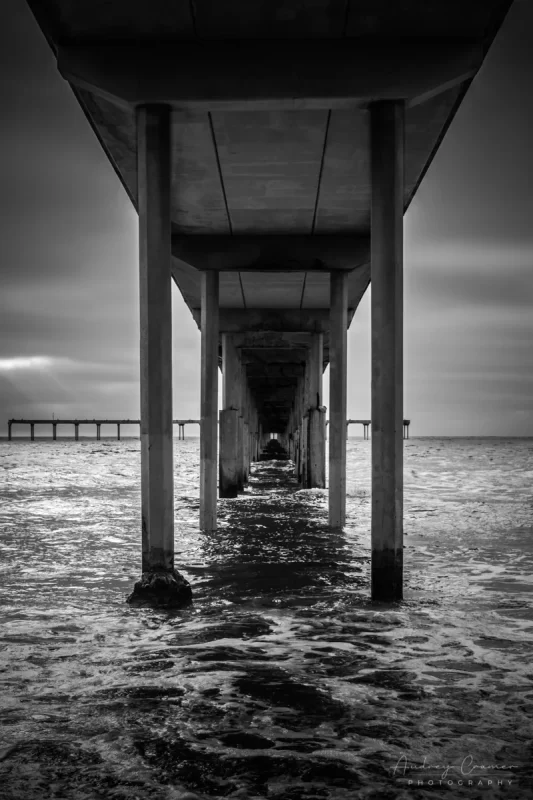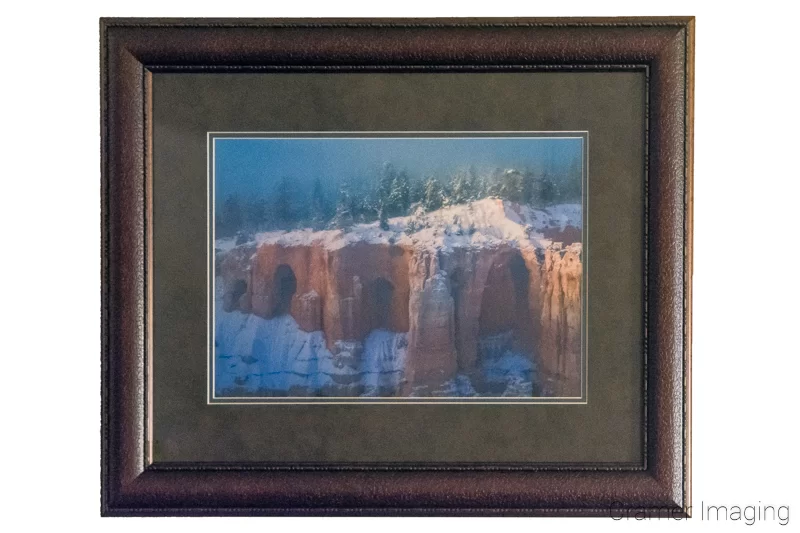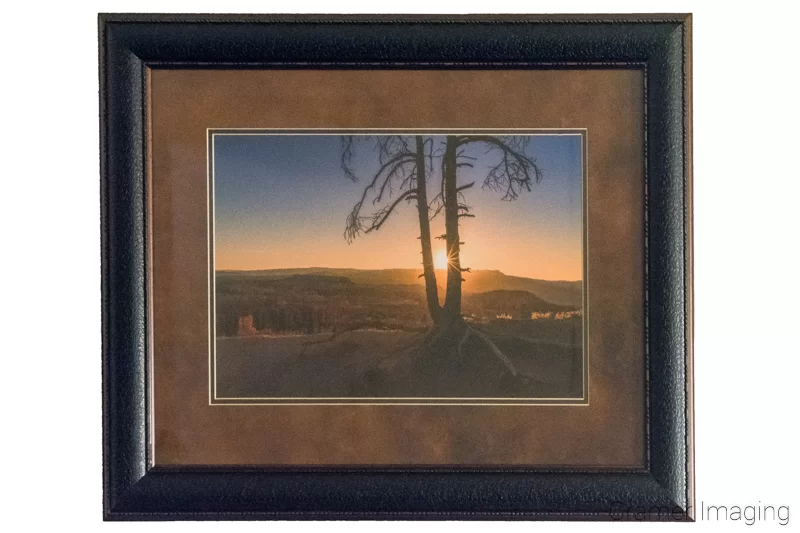Here’s a new term which has started popping up in the art world lately: “open edition.” You’ll see this term mostly used in photography circles. Have you ever wondered what an open edition print is? That’s what we’re talking about today.
Open Edition vs. Limited Edition

I’m sure that you’ve heard about limited-edition prints. Those are those prints which have a limited number printed in a certain size and that’s it. The artist created a set number and will create no more in that size.
These kinds of prints are well known in the art world. People also know open edition prints as the kinds of prints you want to buy if you want to invest in fine art photography or other kinds of printed art. Their scarcity, created by limiting the number of prints created in that size, makes them desirable.
Well, an open edition print is the opposite of a limited edition print. It’s really that simple. An open edition print is not limited at all. The artist may create however many copies of the image he or she pleases. He or she can create as little as 1 or as many as 1 billion of the same image. There’s no limits at all.
Artists usually create open edition prints on demand. This means that the artist will not create a print unless there is a customer to buy it. There’s no need to keep stacks of useless inventory lying around to rot when they don’t need to. Because of this, open edition prints have a wide range of availability.
If you’re looking at an open edition print by an unknown artist, you likely won’t find very many prints made. This is due to the low demand. If you’re looking at an open edition by a well-known artist, then there will probably be several prints of the same size already in existence. This is due to higher demand. Without a good look at the artist’s accounting books, you’ll never be able to get a good idea of how many of the same print have been created.
Ways to Identify an Open Edition Print
Want to know if you’re looking at an open edition print vs. a limited edition print? Use these points to help you tell the difference.
- Open edition prints will never have that “10/10,000” (or similar) mark anywhere on them. They may be signed by the artist or they may not be signed. That’s the artist’s choice.
- You may or may not find open edition prints advertised as “open edition”. However, you can guarantee that you’ll never find them advertised as limited editions.
- Open edition prints usually carry a lower price tag from their limited edition brothers. This is because the artist knows he or she can continue to make and profit from as many prints as he or she likes.
- You probably won’t see a certificate of authenticity with an open edition print. This is because open edition prints don’t carry as much weight in the fine art market.

Conclusion
In conclusion, open edition prints are a great way to add art to your home or office. They probably won’t break the bank but will look just as good as a limited edition print of the same image would on your wall. Open edition prints don’t carry much weight in the fine art market. However, they still carry a sizable portion of the fine art purchases made every year. Open edition prints are a great way to buy an image you love and enable you to continue enjoying it for years to come.




